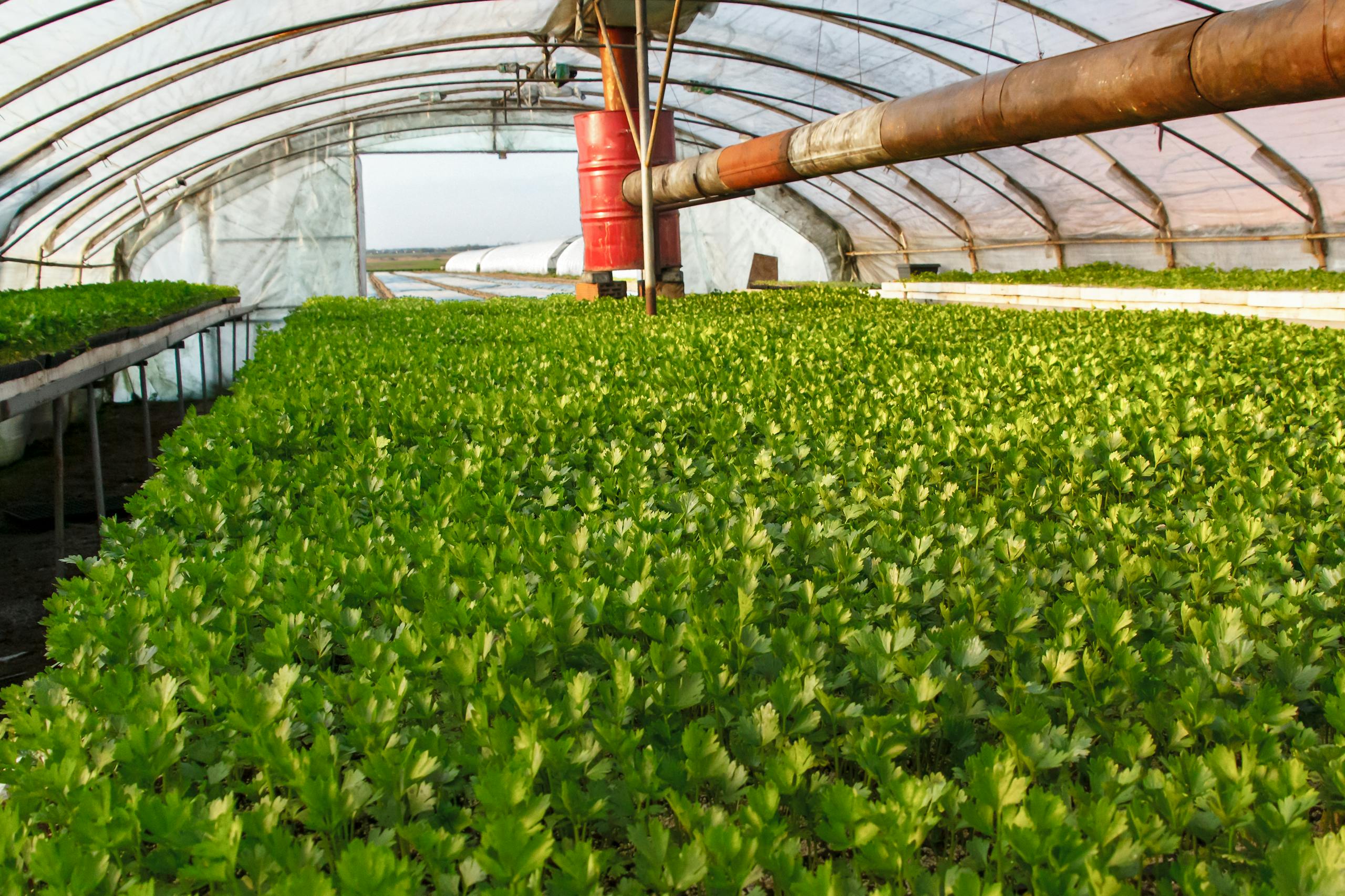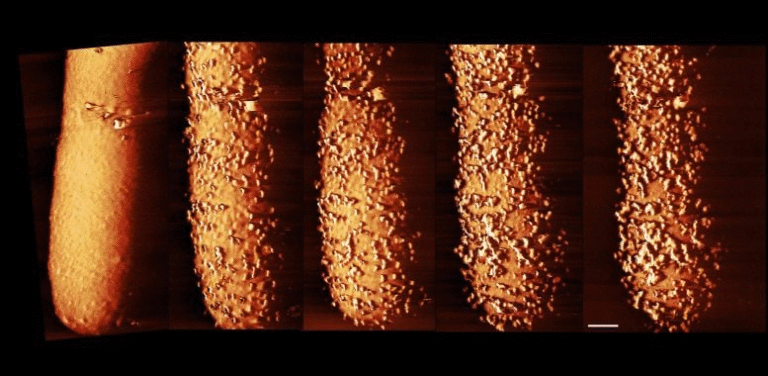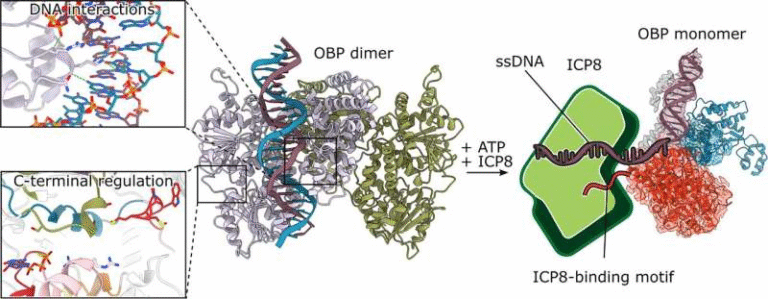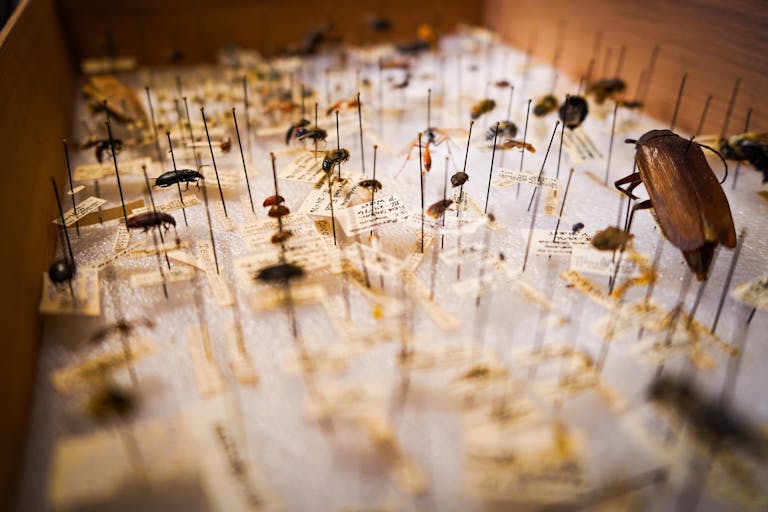A Newly Discovered Protein Could Help Reduce Greenhouse Gas Emissions

Scientists from the University of Tennessee, Knoxville, in collaboration with Oak Ridge National Laboratory (ORNL) and the Georgia Institute of Technology, have discovered a completely new family of bacterial proteins that could help fight climate change by reducing emissions of nitrous oxide (N₂O)—one of the most powerful greenhouse gases known. This discovery, published in Nature in 2025, is changing how researchers understand the nitrogen cycle and could reshape strategies for mitigating greenhouse gas emissions worldwide.
What Makes Nitrous Oxide Such a Problem
Nitrous oxide is often overlooked in discussions about climate change, but it shouldn’t be. This gas is nearly 300 times more potent than carbon dioxide at trapping heat in the atmosphere. It also destroys ozone, the protective layer that shields Earth from harmful ultraviolet radiation.
The main culprit behind increasing N₂O emissions is agricultural fertilizer use. Farmers apply synthetic nitrogen fertilizers to boost crop yields, but plants don’t absorb all of it. The leftover nitrogen becomes food for soil microbes, which convert it into nitrous oxide as part of their metabolism. The result: more fertilizer use, more emissions.
Reducing fertilizer use isn’t a realistic option when the world’s population and food demand are still growing. So scientists are looking for biological solutions—ways to boost microbial processes that convert N₂O back into harmless nitrogen gas (N₂), balancing the nitrogen cycle instead of tipping it further.
The Breakthrough Discovery
The study, led by Dr. Guang He and Professor Frank Löffler, centers around a novel bacterial enzyme that can consume nitrous oxide. This enzyme belongs to a newly discovered protein family, now known as L-NosZ (Lactonase-type Nitrous Oxide Reductase).
Until recently, all known N₂O-reducing enzymes fell into two groups, both called NosZ proteins. These enzymes were discovered almost a century apart—the first around the 1930s and the second by Löffler’s lab in 2012. Both types allow microbes to convert N₂O into nitrogen gas. But when He and his team studied microbes from acidic soils where nitrous oxide reduction had never been seen before, they found no trace of these known NosZ genes.
At first, He suspected a mistake. He rechecked his bioinformatics methods multiple times, even consulting Dr. Kostas Konstantinidis, a bioinformatics expert at Georgia Tech. But the results held up. The microbes were definitely reducing N₂O—but using something entirely different.
The new gene shared only about 30% similarity with known NosZ sequences—far below the threshold for belonging to the same family. It was so distinct that it represented a third, previously unknown clade of nitrous oxide reductases.
Confirming the Function
To verify that this mystery protein was truly performing nitrous oxide reduction, the team collaborated with Dr. Jerry Parks and Dr. Robert Hettich at ORNL. Using AI-based protein structure prediction and mass spectrometry, they confirmed that this new protein acts as a functional N₂O reductase.
Laboratory experiments with Serratia acidovorans strain Mol—one of the microbes carrying this gene—showed that it actively reduces N₂O in culture. When nitrous oxide was added to the growth medium, the bacteria consumed it rapidly, and the production of the new protein (L-NosZ) increased significantly. Without N₂O present, the protein was barely detectable.
Interestingly, the protein is part of a gene cluster that includes other components, such as signal transduction kinases and ABC transporter proteins, which might help regulate its expression and activity. This finding suggests that L-NosZ operates within a larger biochemical network tuned to detect and respond to environmental nitrous oxide.
How It Differs From Known Enzymes
Traditional N₂O-reducing enzymes, called NosZ clade I and clade II, are well-studied and found in a variety of denitrifying bacteria. These enzymes share a conserved structure for binding copper atoms at their active sites, which is essential for N₂O reduction.
The new L-NosZ proteins, however, show significant sequence and structural divergence. They have a lactonase-like core, suggesting they evolved independently—a case of convergent evolution where different evolutionary paths lead to similar functions. Despite their differences, the new enzymes perform the same fundamental task: converting nitrous oxide into nitrogen gas.
This independent evolution hints at a much broader diversity of N₂O-reducing microbes than previously recognized. In fact, genome analyses revealed that these new genes appear in many bacterial lineages, including some that scientists have never been able to culture in the lab.
Implications for the Nitrogen Cycle
The nitrogen cycle describes how nitrogen moves between the atmosphere, soil, and living organisms. For most of Earth’s history, atmospheric nitrogen (N₂) was converted into ammonium by natural microbes, feeding plants and sustaining ecosystems. Humans disrupted this balance with the industrial production of fertilizers, dramatically increasing reactive nitrogen in the environment.
The result has been an imbalance—more N₂O produced than consumed. Until now, models of the nitrogen cycle have only included the two known NosZ enzyme families. This new discovery fills a missing piece of the puzzle and could revise global models of nitrous oxide emissions and sinks.
Other scientists have already begun contacting He and Löffler’s team, asking for their data and methods to test for the new genes in their own samples. Some older studies that reported unexplained N₂O consumption without known NosZ genes are now being re-evaluated, as they might have unknowingly detected this new enzyme family.
Potential Applications and Next Steps
The immediate implication of this discovery is that biological mitigation of N₂O may be more feasible than scientists thought. If researchers can identify where these L-NosZ-bearing microbes are most active, they might be able to enhance or engineer environments to promote them.
For example, in agriculture, soil treatments could be adjusted to support microbes that use L-NosZ, effectively turning the soil into a natural N₂O sink. Similarly, wastewater treatment plants—another major source of nitrous oxide—could be optimized to favor these bacteria.
Future research will focus on:
- Identifying environmental factors that trigger L-NosZ activity.
- Cultivating more of these microbes in the lab.
- Measuring their contribution to global N₂O sinks.
- Integrating these findings into climate and nitrogen-cycle models.
This discovery also raises fascinating evolutionary questions—why did nature evolve multiple independent ways to perform the same reaction? Understanding this could reveal new insights into microbial adaptability and the resilience of Earth’s biogeochemical cycles.
Why This Discovery Matters
While carbon dioxide often dominates headlines, nitrous oxide is a hidden but extremely powerful greenhouse gas. Its atmospheric concentration is now at a record high, and it remains in the atmosphere for over a century.
Finding an entirely new biological mechanism to neutralize it is a major step forward. It shows that nature still holds surprises—solutions that could help address problems humans have amplified.
This isn’t a silver bullet; fertilizers will still drive emissions unless managed better. But it’s a new opportunity to balance the nitrogen equation—using biology itself to restore what industry has disrupted.
Related Knowledge: How Microbes Help Control Greenhouse Gases
Microbes are essential players in managing the planet’s atmosphere. Besides nitrous oxide reduction, they also:
- Convert methane into carbon dioxide through methanotrophy, reducing methane emissions.
- Transform ammonia into nitrate through nitrification and back into nitrogen gas through denitrification.
- Help maintain soil fertility and plant growth by fixing nitrogen naturally.
Understanding these microbial processes gives scientists new ways to harness ecosystems for climate solutions—not just by reducing emissions, but by actively promoting natural carbon and nitrogen sinks.
Research Paper: A novel bacterial protein family that catalyses nitrous oxide reduction, Nature (2025)





